A Brief History of YA Literature, an Infographic
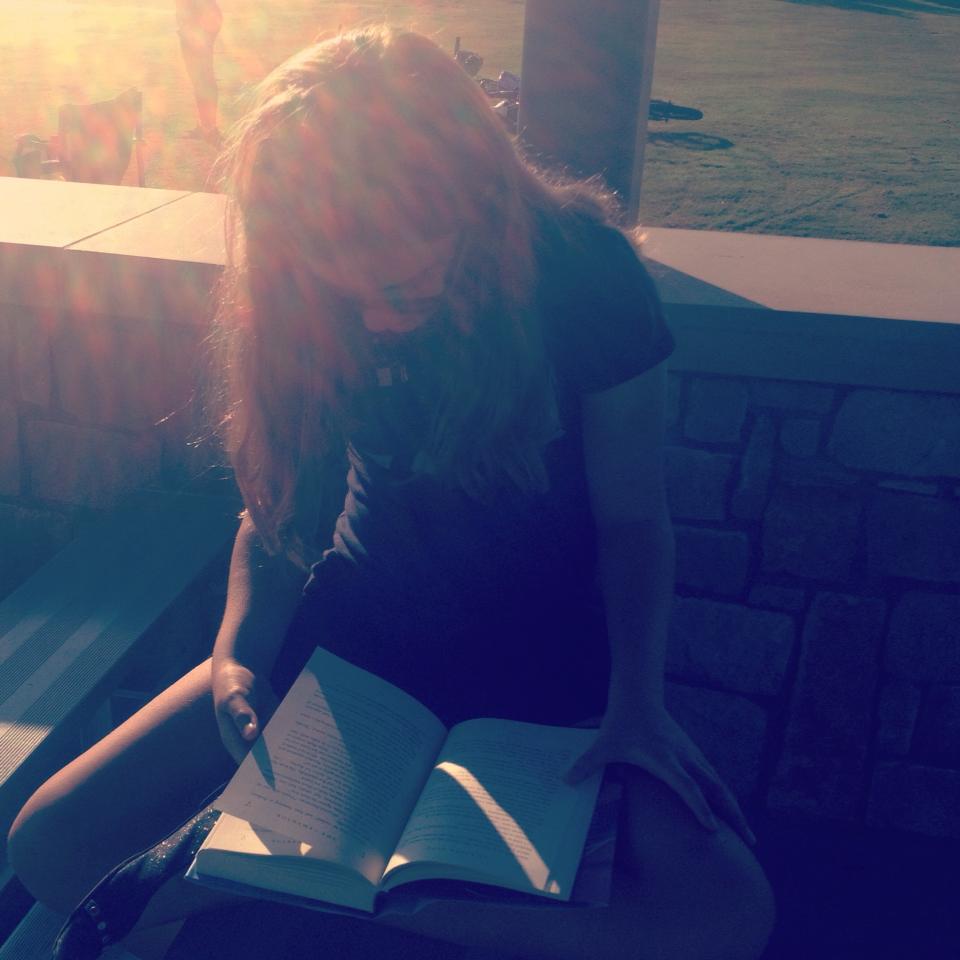
Several months ago someone on Twitter asked a question about YA literature and I went looking for an answer. That sent me down a rabbit hole in which I started reading a bunch of research and articles about YA lit. It was a fascinating journey through space and time, and my life as an adult. I started working as a YA paraprofessional in public libraries in 1993 at the age of 20, right around the time libraries really started committing sincere time and energy to serving teens. I became a degreed librarian in 2002, just a few months after The Teen, a prolific YA reader herself, was born. So this research was both professional and personal. In many ways, the timeline you see below is a timeline of my career working with teens and reading the books that I was sharing with them. My life as a reader and my career as a YA librarian is woven into the fabric of this infographic you see below.
To make the following infographic, I took a deep dive into the history of YA literature, reading a lot of research online and in professional journals. I also sought out the help of my fellow TLTers who checked and then double checked my work. We checked initial book publication dates. We swapped out lesser known titles for more well known titles that represented that era best. We looked to make sure we were as inclusive and diverse as we could be, understanding that early eras of YA literature were sadly definitely not focused on representation. Then we combed through this searching for typos (I sincerely hope you don’t find any!). My friend and YA librarian extraordinaire Heather Booth was a particular help to me on this and I thank her. The infographic itself was made using Canva.
ADVERTISEMENT
ADVERTISEMENT
Today I present to you a brief history of YA literature, an infographic
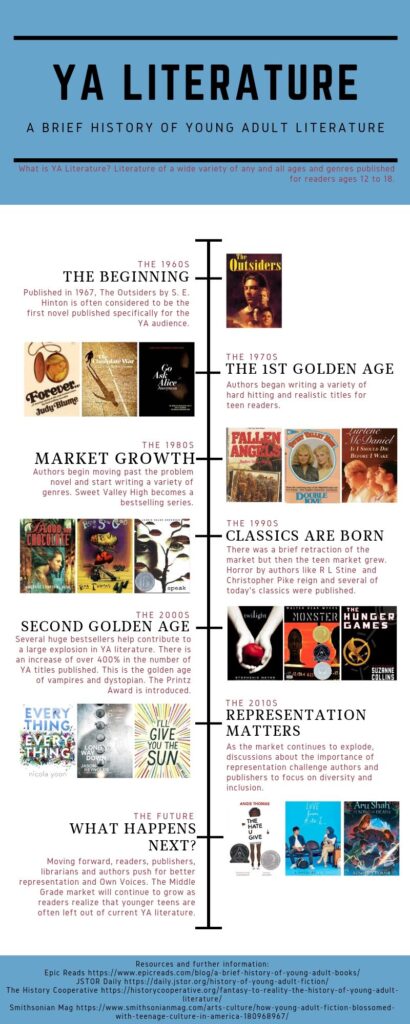
Please note, because this is an infographic, it is by no means comprehensive. There are lots of great YA titles and authors that I would have liked to included here. For example, Sarah Dessen’s first book, That Summer, was published in 1996, just a few years after I started working with teens in libraries, and she has always been there with me working with teens in libraries. It also seems weird not to have John Green on this infographic given the influence he had on YA readers in the earlier 2000s. It seems especially weird not to have one of The Teen and I’s favorite authors, A. S. King, on this infographic. There are way more amazing books and authors that everyone should know about, hands down, but this infographic is a place to start.
Also, a brief note about Monster by Walter Dean Myers. It was originally published in 1999, but it won the first ever Michael L. Printz Award for Young Adult literature in 2000 so I put it on the 2000s.
It’s also interesting to note that although YA literature originally was defined as being a book written for someone aged 12 to 18, today most YA literature is suggested as being for readers ages 14 and up and more often than not contains a protagonist who is 16 and up. More and more, it’s is Middle Grade fiction, defined as being for readers ages 8 to 12, that the youngest teen readers turn to. Younger teens, those ages 13, 14 or 15, are often left out of the literature all together these days. Andrea Sower did some anecdotal data collecting about this which she shared on Twitter.
Whether you are an experienced YA librarian or someone who is just diving into the world of YA lit professionally or personally, I hope you will take a few moments to journey into the history of YA lit and learn a bit more about it. Understanding the history of YA lit helps us understand a bit more of what makes YA lit, well, YA lit and why that matters.
When you think about YA literature, what are some of the authors and titles that you think of as being representative of that time in YA history? Talk with us in the comments about the history of YA literature and what it means to you.
Resources and Some Further Reading:
Be sure to go down the rabbit hole yourself and follow the links on each article to even more reading about the history of YA.
https://link.springer.com/chapter/10.1007/978-3-030-10522-8_2
https://historycooperative.org/fantasy-to-reality-the-history-of-young-adult-literature/
https://en.wikipedia.org/wiki/Young_adult_fiction
https://www.pearsonhighered.com/assets/samplechapter/0/1/3/3/0133066797.pdfh
https://blog.bookstellyouwhy.com/what-exactly-is-young-adult-literature-a-brief-history
https://www.nbcnews.com/feature/nbc-out/rise-young-adult-books-lgbtq-characters-what-s-next-n981176
http://theconversation.com/telling-the-real-story-diversity-in-young-adult-literature-46268
https://en.wikipedia.org/wiki/Diversity_in_young_adult_fiction
https://www.timetoast.com/timelines/history-of-ya-literature
https://my.visme.co/projects/w4ynw9mo-timeline-of-young-adult-literature
A Brief History of YA Literature
Filed under: YA Fiction, YA Lit, YA Literature
About Karen Jensen, MLS
Karen Jensen has been a Teen Services Librarian for almost 30 years. She created TLT in 2011 and is the co-editor of The Whole Library Handbook: Teen Services with Heather Booth (ALA Editions, 2014).
ADVERTISEMENT
ADVERTISEMENT
SLJ Blog Network
The Tidal Wave of A.I. Children’s Books is Upon Us
Fuse 8 n’ Kate: Kitten’s First Full Moon by Kevin Henkes
The Guy She Was Interested In Wasn’t a Guy at All, vol. 1 | Review
The Seven Bills That Will Safeguard the Future of School Librarianship
Gayle Forman Visits The Yarn!
ADVERTISEMENT

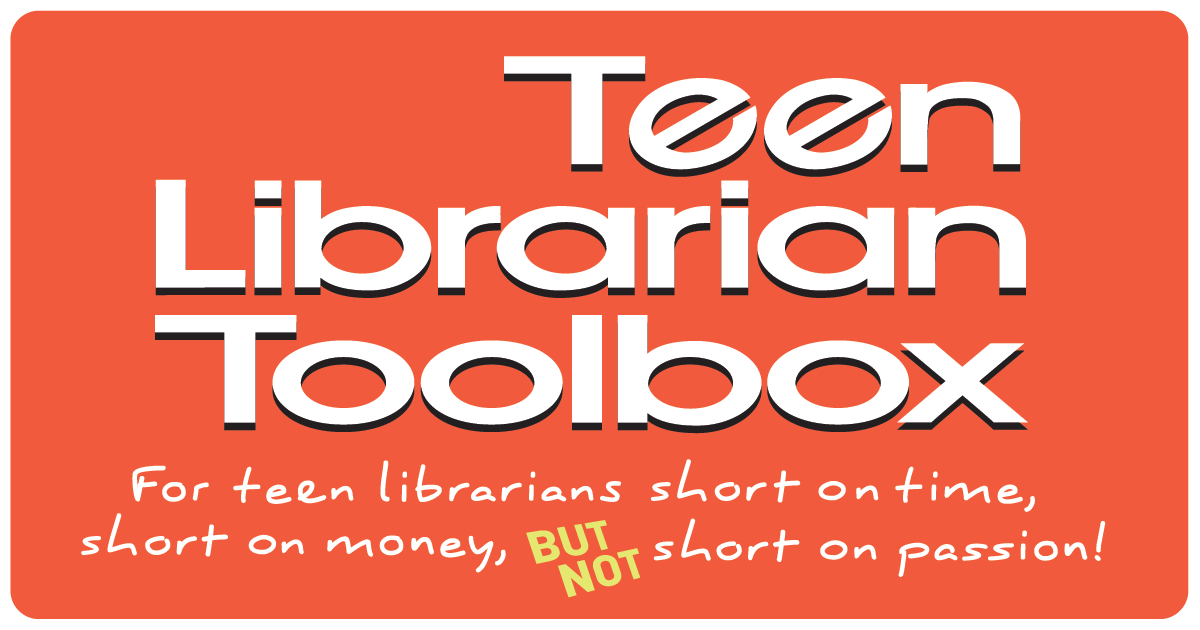

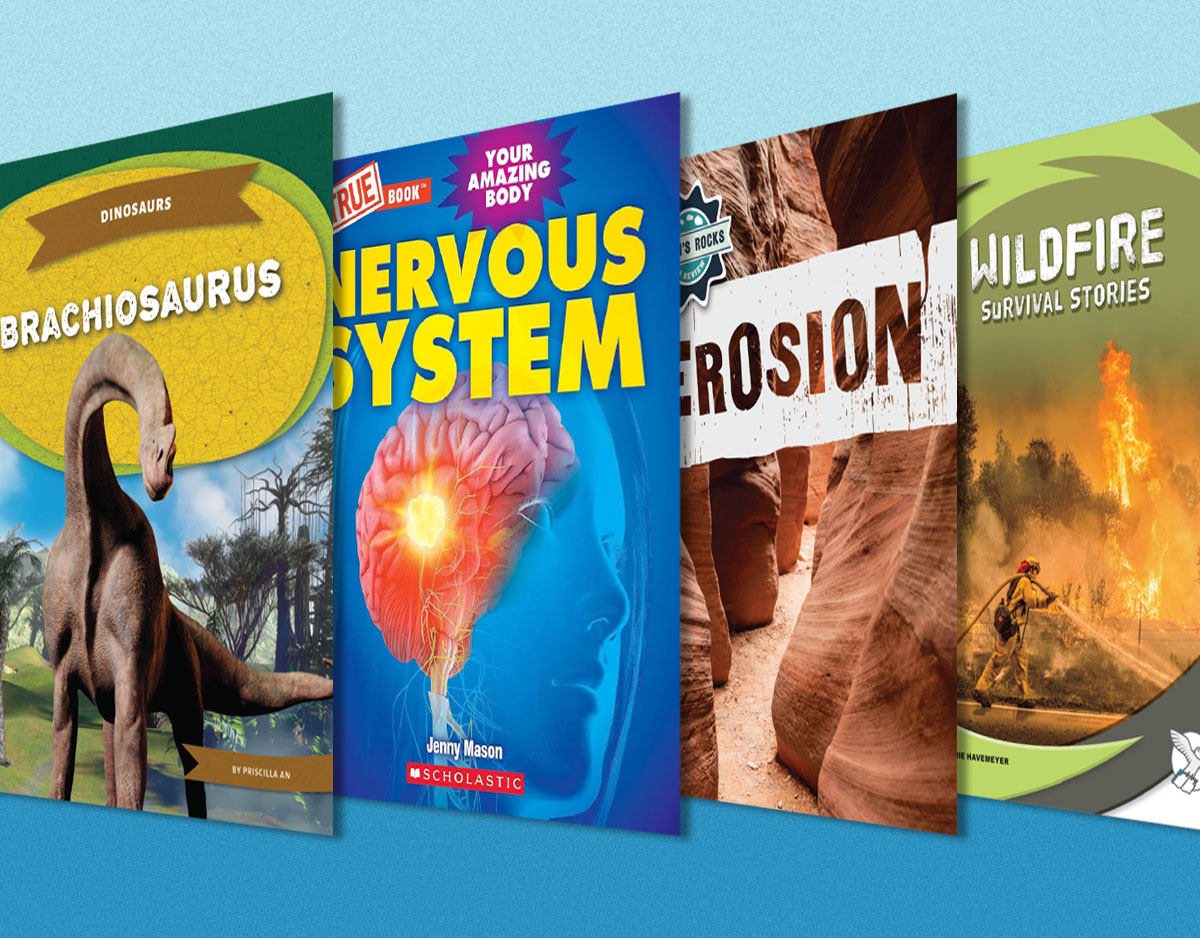
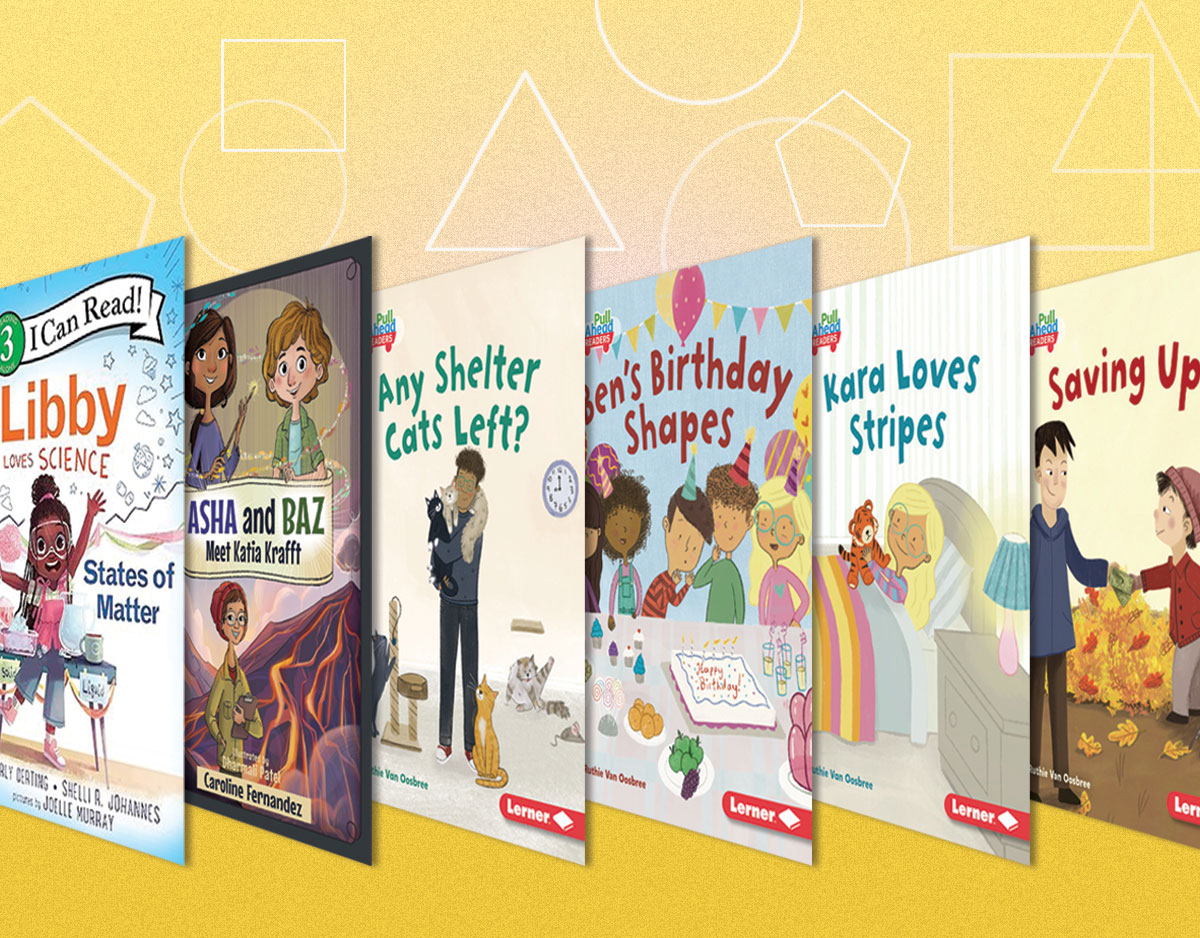
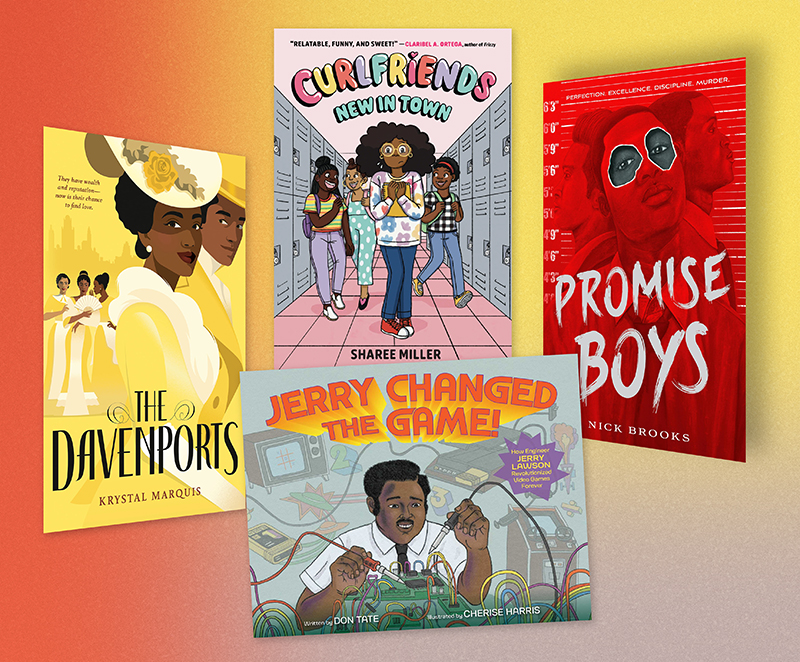
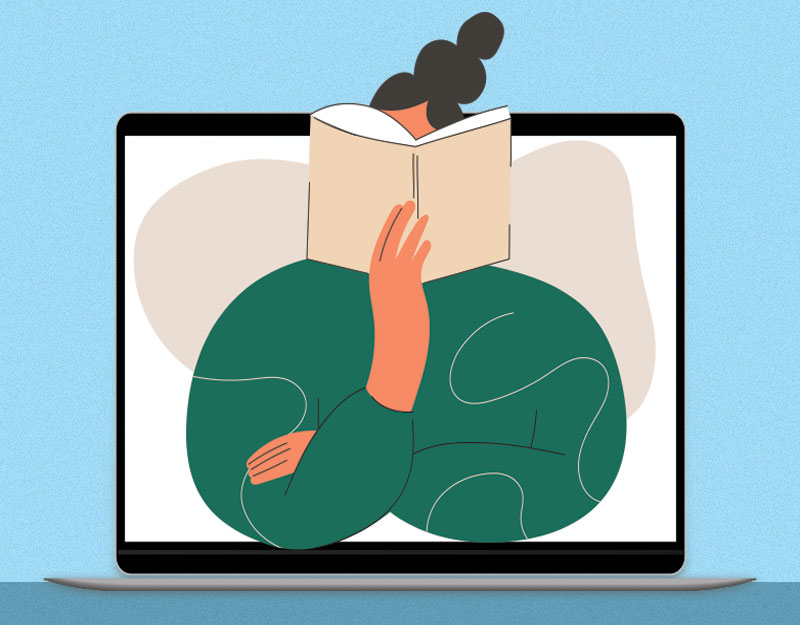
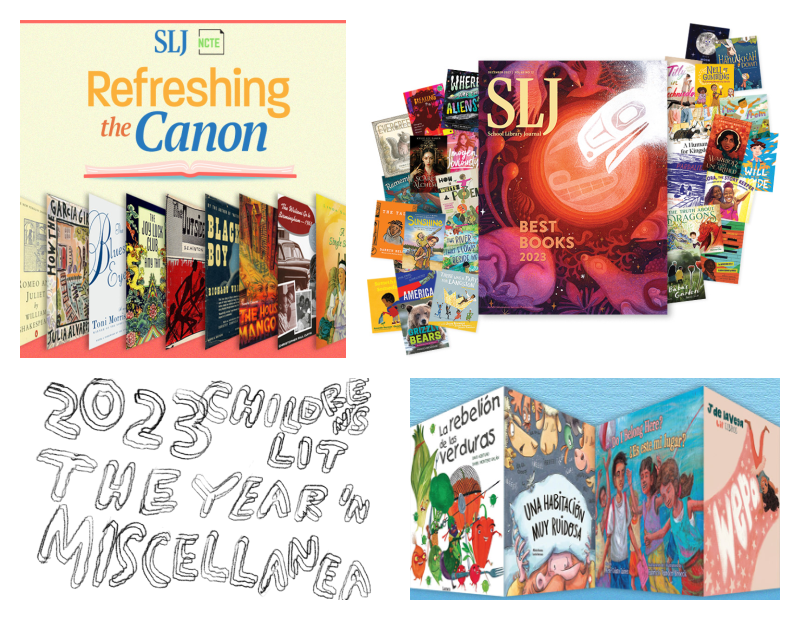
Seventeenth Summer, published by Maureen Daly all the way back in 1942, also meets the criteria to be considered a YA book. While it doesn’t seem to have inspired a trend the way The Outsiders did and it’s also very tame in comparison to those books at the top of the infographic (let alone compared to today’s YA), I definitely think it’s worth a mention as an early forerunner of Young Adult fiction.
What struck me the most was this sentence: “Younger teens, those ages 13, 14 or 15, are often left out of the literature all together these days.”
I’m not a librarian but a certified English teacher who’s taught middle school and I have two teens. This is very true! Until recently I’d check out mostly MG books for my younger teens, and only this year (when the oldest is 16) has she tentatively reached out to YA — and really been turned off by the highly sexualized content. She really wishes there were more stories with kids her age or her younger brother’s age that didn’t revolve around relationships or relationship drama.
I so relate to this! I am a high school teacher but my son is turning 12 in 10 days. He and I struggle to find books that interest him and don’t have relationships in them. Right now we are reading the Phantom Tollbooth and resorting to older/dated middle grades texts.
Thank you for this. I appreciate the immense work that went into researching and compiling this in a graphic format. Is there a way to download it?
This is fantastic. I’m writing my thesis for Vermont College of Fine Arts’ program in Writing for Children and Young Adults, and my focus is the use of YA in the canon. I will be quoting this! And I appreciate your links as well. Also, I run a Clubhouse room on Wednesday nights called R U THERE, GEN X? YA Books. We discuss older YA and host guest authors. We’ve already chatted about The Outsiders, Judy Blume, Beverly Cleary’s teen fiction, Little Women (since Gen X’rs read everything, before we called it YA), Flowers in the Attic, and many others. Tonight we’re discussing portrayals of teen girls as athletes and justice seekers (or lack thereof) back in the day versus portrayals today, like Emma Kress’ new YA release, Dangerous Play. We discuss what is timeless, what’s not, and why. I’m so grateful that representation is expanding for females, for differently abled folks, for POC, for queer folks. We have a long way to go but the choices now versus what I had in the ’80s, or when I was teaching high school? Getting better every day.